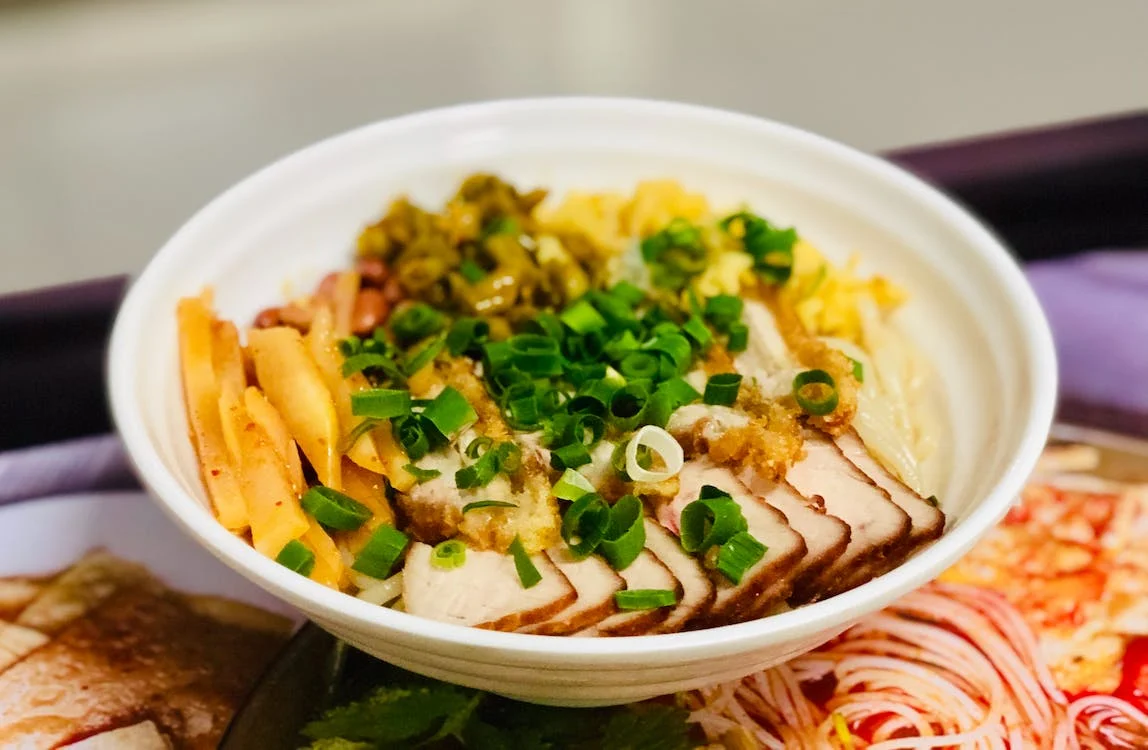Seeing a Korean breakfast for the first time would surely get you thinking: they have really outdone themselves in the kitchen. Well, that couldn’t be more true. Koreans are so passionate and in touch with the chef inside them that they always prepare dishes in the most palatable and presentable way possible. As such excellent cooks, their cuisines have already piqued the interest of millions of people all over the world.
Koreans can even turn a simple breakfast into an inviting complexity of dishes that would make you fall in love with their dishes all over again. The first thing you would notice in a Korean meal (actually in most Asian meals) is that it mainly includes rice, veggies, and meats. With the variety of food items present in a Korean breakfast (known as banchan), it would seem like preparing one would take you ages. Surprisingly, it’s not. It appears that all you need to do is to have some of these food items stored in your pantry or fridge, ready for that sudden craving for a Korean-style breakfast. Here is a list of traditional Korean breakfast food items.
1. Steamed white rice (bap)
It won’t be an Asian meal without a nice, steaming bowl of white rice. Rice is a traditional staple in Korean breakfast, which, amazingly, dictates the overall breakfast experience. Yes, you read that right. The texture, flavor, and density of rice interact with all other side dishes making it the central part of the meal. If the rice is terrible, that is, if it’s not cooked correctly, the full breakfast is ruined.
Some Koreans prefer fried rice, especially in modern times. Fried rice is equally savory and satisfying. The exciting thing about fried rice is that you can literally invent your version and still call it one. The dish has more many variants than anyone could count. The most common ones are cooked with garlic, scallions, eggs, thin slices of meat while seasoned with several unique Korean flavors.
2. Soup and stew
Another staple food item in a traditional Korean breakfast is soup and stew. Koreans love soups and stews to go with their hot bowl of rice. Haejangguk is one of the most common soups served for Korean breakfast, as it is a perfect hangover remedy. This Korean soup includes slices of cabbages, coagulated ox blood, pork meat, and vegetables in beef broth. Some prefer galbitang – a thick soup cooked from short ribs.
Koreans are fond of experimenting with their soups and stew, and there is a wide range of soup variations to choose from. Using meat broth as a medium, you can surely add ingredients as you like, as long as the flavors are great. You can even have a kimchi soup for cold mornings!
3. Banchan
Banchan, or side dishes in Korean, is also an omnipresent food item in breakfast and every Korean meal. Side dishes in Korea are incredibly various, and you can almost turn every veggie into a side dish. Banchan may consist of shigeunchi (lightly boiled spinach), spicy cucumber slices, and kongjaban (black beans in soy sauce and sugar). But, of all these side dishes, the most famous is kimchi.
Kimchi. The most common form of kimchi is Baechu (Napa Cabbage), but mind you, there exist several kimchi variants specific in the regions of Korea. The one thing to common about them is that they are all fermented vegetables (the most common are cabbages, radishes, and cucumbers). Kimchi is expectedly spicy and sour; sometimes, pungent and sharp. The taste creates an inexplicable flavor when combined with rice and other dishes. Korean families usually have kimchi stored at home to last through the end of winter.
Namul. Blanched, marinated, and stir-fried veggies – another excellent partner for bap and meat dishes. Namul comes in many preparation procedures. You can either boil, fry, sauté, ferment, dry, or steam veggies to create it. Most namul are soaked in vinegar, soy sauce, and sesame oil and seasoned with garlic, chili peppers, jeon. These side dishes can be prepared using any veggies, herbs, or greenery with edible leaves, stems, petals, fruits, roots, seeds, and sprouts.
4. Meat
Bulgogi which translates to “fire meat” in Korean, is one of the most famous meat-based dishes in the country. These thinly sliced, marinated beef (usually sirloin) or pork meat grilled on a barbecue is one savory dish that would complete your Korean breakfast.
The other one is samgyeopsal, which is a grilled pork belly. Traditionally, the meat is neither marinated nor seasoned – only grilled with its natural flavors. But, in the later years, variations in terms of taste emerged and are now widely welcomed. The meat seasonings and margination may include flavors such as doenjang, curry, garlic, ginseng, gochujang, herbs, and wine. This meat dish is mainly served with kimchi and promises an explosion of complex flavors in the mouth.
